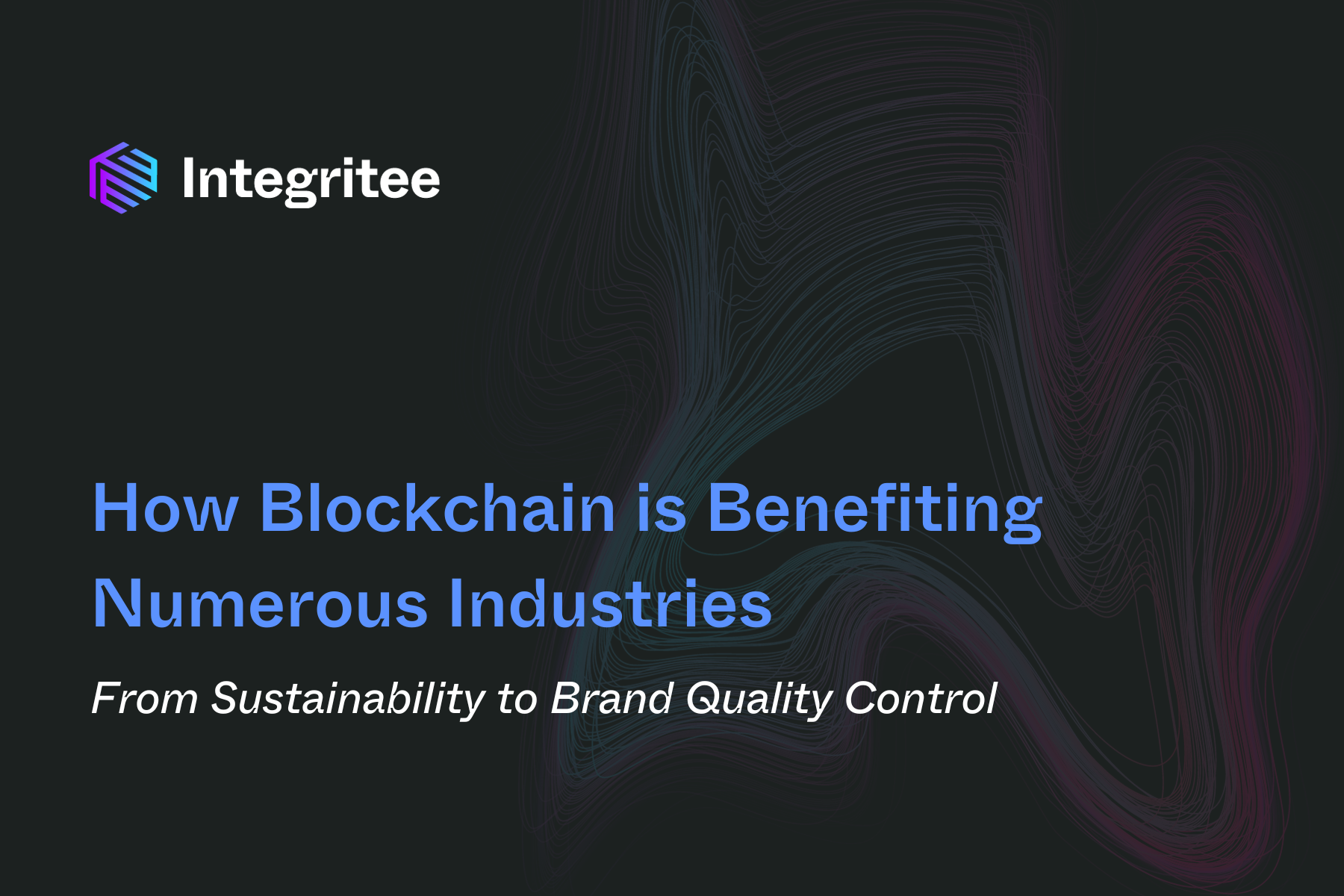You’ve probably come across some articles written by our team that highlight the wide coverage of blockchain — it’s not just about tokens and digital ledgers anymore. Blockchain is, indeed, taking the world by storm.
First, Web3 projects sought out ways to turn this technology into more than a buzzword related to crypto. When countless other use cases began to emerge, it was the traditional companies’ turn to seek out these blockchain-based companies and applications to better processes, and even find new ways to tackle old problems.
In fact, we have been working with other blockchain projects and traditional companies in the development of tools and applications meant to help people in real life, not just software developers and cybersecurity companies.
We’re now at a stage where non-Web3 companies look for new ways to improve their businesses. In this article, we are naming a few that have been making a difference by using blockchain-based tech.
Using Blockchain to Verify a Brand’s Authenticity
The Aura Blockchain Consortium created solutions for luxury brands such as OTB, the Prada Group, Mercedes-Benz, and more. But why would such world-renowned brands want to be involved with a blockchain-based enterprise? Two things: to prove to their clients you can trust them by providing trustworthy data about the products they own, and to help tackle counterfeit production. According to an estimate by the Organization for Economic Cooperation and Development, pirated goods amounted to more than 3% of the total world trade.
By creating digital registrations of each item on Aura, clients can access their data and in some cases, even track its origins. The counterfeit part is easy to figure out: if the brand’s products are all online, then fake ones aren’t, and this can be easily tracked.
Authentique is yet another blockchain application created for the sole purpose of protecting goods by creating a digital ID of a product. Once this ID is embedded in the blockchain, an NFT — which is unique — is generated.
Saving Earth, One Block at a Time
Do you know what the Voluntary Carbon Market (VCM) is? It is a trading system for carbon credits, which are units representing reduced or avoided greenhouse gases. These credits are used by companies as a way to demonstrate how much they’ve been “helping the planet” by reducing their carbon footprint through certain actions. These actions can be anything, from the installation of wind farms to planting trees, installation of solar panels, and so on.
This system was created to help corporations tell the world they’re contributing to sustainability, but also to make them accountable. It’s also a way to quantify the impact that industries and consumption have in the planet. However, it doesn’t seem to be working, and the Verra certification firm scandal is proof of that — according to an investigation by the Guardian newspaper, around 90% of their rainforest credits were worthless. A credit is generated when a project to protect a part of the rainforest is implemented. The idea is that the area saved is proportional to the amount of carbon those trees are able to absorb. Companies buy these credits to make up for their own gas emissions percentage, and if Verra’s ones didn’t really exist, that means these companies spent money on projects that never actually happened.
The world has since then discredited the carbon trading market because it is very difficult to monitor expenses, contributions, and how much is being saved versus what’s being wasted. Once again, blockchain seems to come to the rescue. DMRV stands for Digital Monitoring, Reporting, and Verification and it’s a new way to measure and follow up on these carbon reduction projects — Until now, the sector used traditional MRV, which has many downsides, like the fact it relies on subjective data, is costly, takes a long time and depends on exterior consultants.
This is one of those cases where blockchain’s transparency and traceability come in handy, as it’s helpful to track project implementations, inspections, and so on. There isn’t enough manpower to be on top of every single project taking place around the world, so automating this process via blockchain can only have a positive outcome. Although this technology isn’t going to be the main solution to this problem, it might help in terms of processes and automation, making processes leaner, easier to follow, and faster to finish.
Endless Use Cases with Integritee
Integritee is a blockchain project providing solutions to Web2 and Web3 companies, but also developers and builders seeking to harness the advantages of blockchain technology without compromising on privacy. The Integritee Network has two layers (L1 and L2), where L1 is our mainnet, and L2 is our sidechains. These have the same features as our L1 but computations done in them can be independent, allowing for privacy, more scalability, and faster processes. We already have some projects — traditional and Web3-based — building different applications on our sidechains, which by the way, work for virtually any use case.
If you’re looking for a place to build your application or develop your project to which privacy is key, Integritee is it. Contact us if you’re looking for a safe, privacy-preserving blockchain solution to make your idea come true!
